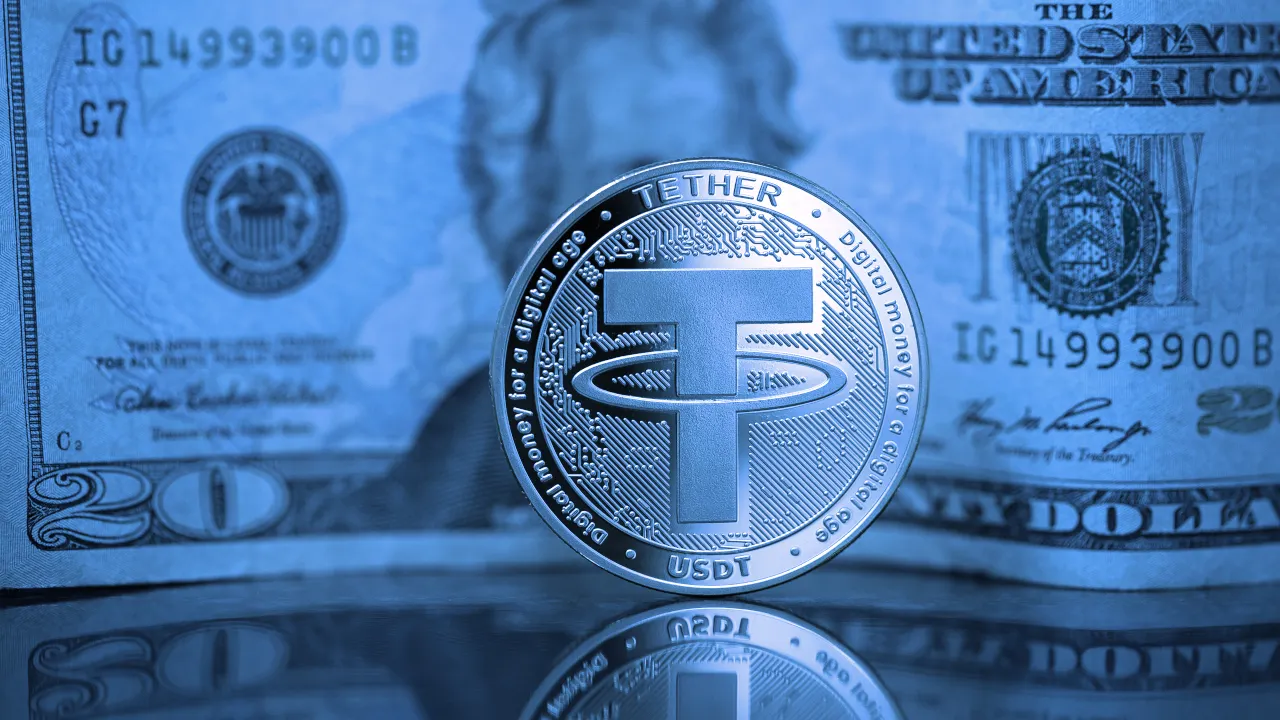Tether, the issuer behind the industry’s largest stablecoin USDT, continues to hold enough reserves to back the token despite processing $21 billion in redemptions last year, according to its latest attestation report.
To make good on its promise of being backed by the U.S. dollar, Tether has to hold enough cash reserves for holders to turn their USDT into fiat dollars at any time. Last summer, the company hired the accounting firm BDO Italia to produce quarterly reports on the firm’s reserves.
According to today’s report, the consolidated total assets held by the company as of December 31, 2022, amounted to at least $67,044,148,175.
That’s against total liabilities of $66,083,530,757, most of which is accounted for by issued USDT.
In a statement coinciding with the report’s release, Tether’s chief technology officer Paolo Ardoino said the company had been able to execute over $21 billion in redemptions during the various upheavals of 2022.
“After a tumultuous end to 2022, Tether has once again proven its stability, its resilience, and its ability to handle bear markets and black swan events, setting itself apart from the bad actors of the industry,” he said.
Ardoino added that the final quarter of 2022 saw Tether generate $700 million in profits.
Unpacking Tether’s balance sheet
Meanwhile, the group’s exposure to commercial paper remains at zero, after the last vestiges of the unsecured form of debt were eliminated from its books in October.
Tether had previously announced its intention to reduce its commercial paper exposure to zero by the end of 2022, in an effort to “increase transparency and investor protection.”
To make up for the change, Tether’s biggest exposure is now to U.S. Treasury Bills, short-term debt issued by the American government.
Its total assets in that category now total $39,230,259,046, up 36% from the $28,856,434,491 it held in August. Treasury Bills now make up over 58% of reserves.

